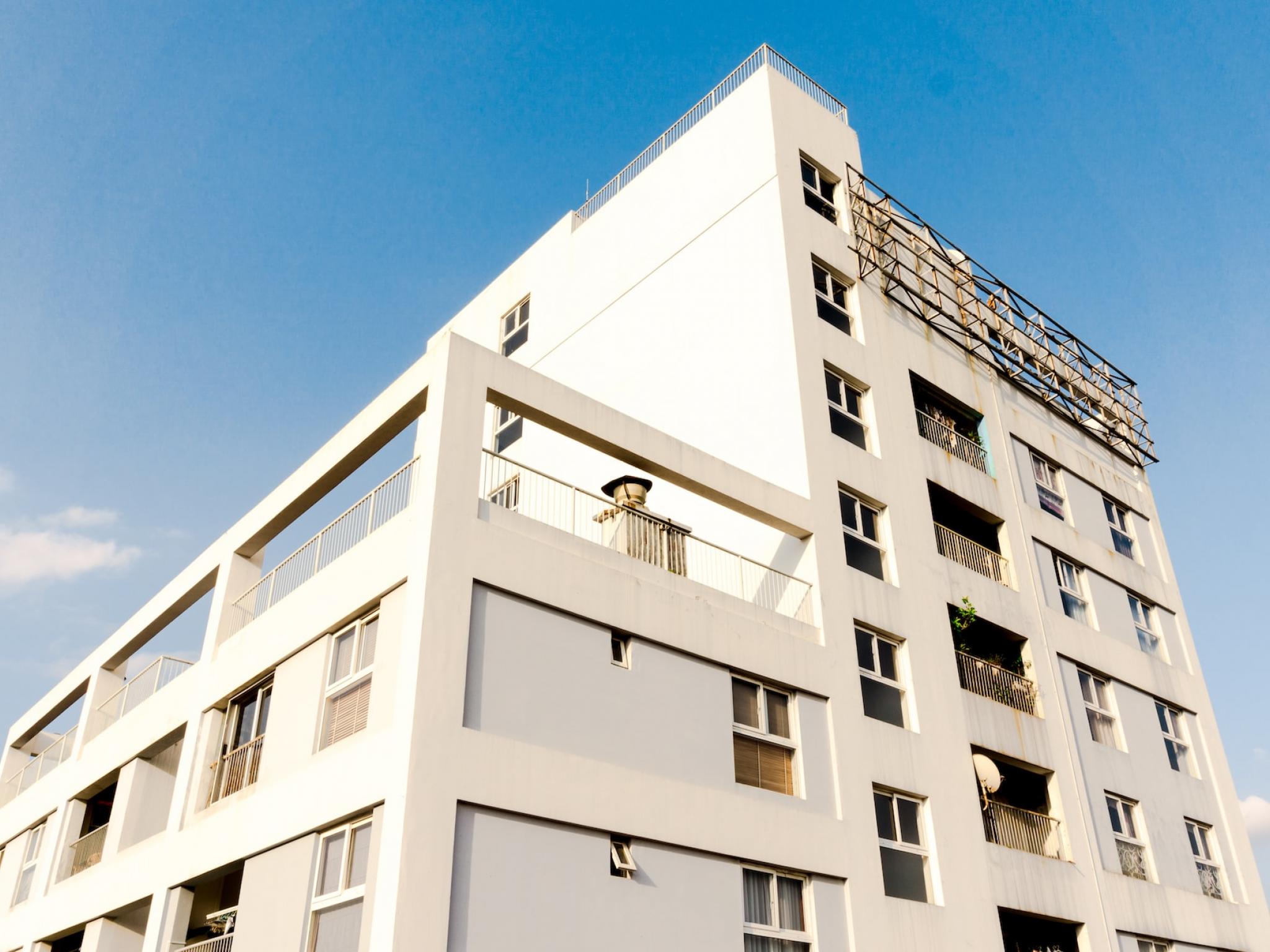
New and burgeoning real estate investors are generally fixated on property values, loan rates and, in the case of rental properties, potential monthly revenue. But many are finding that having the wrong insurance, especially for rental property, could result in losing almost every cent invested.
Rental property insurance is more expensive and necessary, but there has been a history of investors lying about the rental status of the property to save money. This can result in a claim not being paid or eventual cancellation of the policy. By being less than forthcoming on the status of an investment property, investors play into the insurance company’s hands. The reason is simple. Insurance companies make money in two ways: collecting premiums and not paying out when a claim is made. Lie, and you won’t get paid.
Related: Best Rental Property Insurance
But real estate investors are getting hit hard on insurance costs in several ways. In what is now referred to as a hard insurance market, renewal rates are increasing as high as 30%. Insurance carriers are also forcing real estate investors to increase their valuation of properties per square foot. In doing that, their total insured value (TIV) increases with it, contributing to higher insurance costs.
Other factors include whether investors can accurately find policies that differentiate between actual cash value (ACV) and replacement cost. The amount of money needed to repair or replace a property is the ACV, which depends on factors like inflation and depreciation, reflecting current market value. Investors can save money on premiums if they’re insured based on ACV. And with the right rental property insurance, they can also reduce the risk of unexpected losses without paying for coverage they may not need.
Check out: Obie Insurance Review - Rated Best For Landlords
If you undervalue your TIV, you risk selling your property based on ACV instead of replacement cost value. The upside of insuring based on ACV usually means a cheaper premium. While insuring only the amount invested may seem appealing, this can result in only having coverage for partial losses subject to a co-insurance penalty. It also could mean that if investors experience a loss, the actual cash value might not be enough to cover the total cost to repair or replace the property.
While great rates are becoming harder to find across the country, coverage prices still vary from company to company and state to state, so the adage, “aMke sure you shop around” always holds true.
Read next: Bezos-Backed Startup Lets You Buy Shares Of This 3-Bedroom Rental Property For As Little As $100







